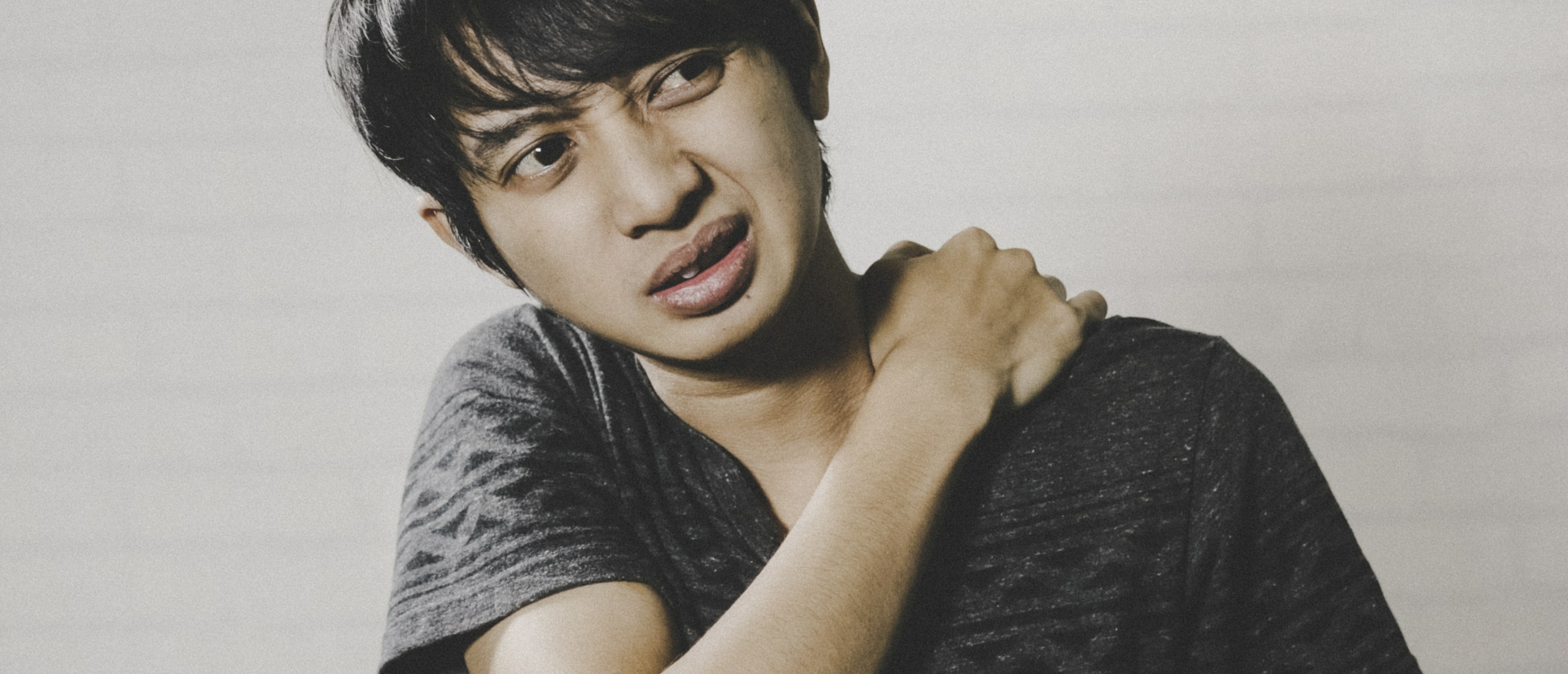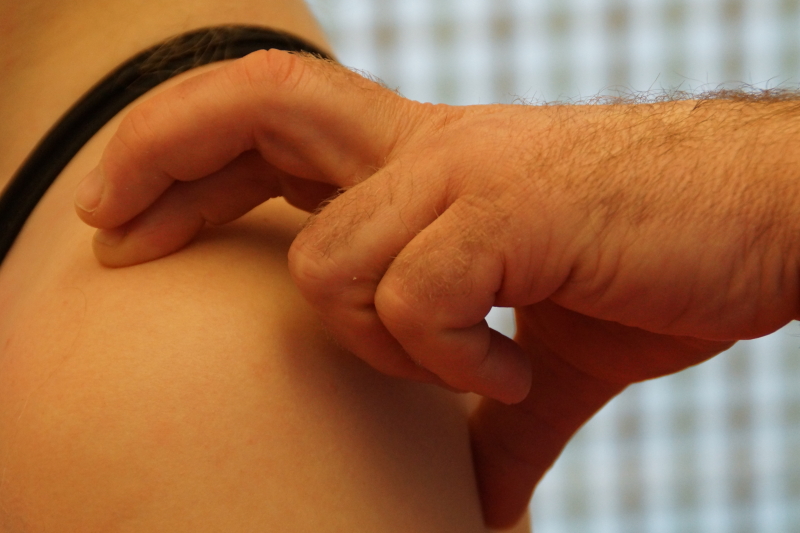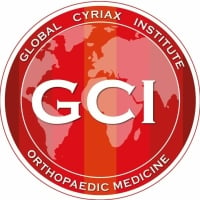
Acromio-clavicular joint sprain
Acromio-clavicular joint sprain
By Dr M. Ferenc, MD
Specific history
On a family reunion I am approached by a 32-year-old relative, claiming he is having problems with his left shoulder. These last for about 3 years with intermediate free periods.
When such an episode sets in, every shoulder movement is painful, furthermore, lying on the affected side is very uncomfortable.
Being asked about any previous trauma, he replies, the reason could have been an old injury, when he had been caught by a gigant wave on a beach on Tenerife and smashed against a metal fence, the left shoulder taking the most of the force by impact.
Immediately afterwards, however, he doesn´t remember having any problems. He adds, that he occasionally swims, does cycling and climbing. The pain is not present at rest and does not radiate. Other joints are not affected, he doesn´t take any regular medication.
Regarding the lokalisation of pain, his finger points to the top of the shoulder.
Inspection does not reveal any pathologic findings.
Functional examination
We perform our functional examination, consisting of 12 + 1 tests, and find out the following:
- absence of painful arc,
- pain more or less pronounced at the end of all passive movements.
- No movement restriction,
- slightly positive resisted adduction test.
- The additional passive horizontal adduction test turns out to be the most painful one
Diagnostic hypothesis
At this stage, it should be clear, which part of the shoulder joint complex is affected. It is a small, seemingly innocent and often overlooked acromioclavicular joint (hereinafter ACJ), that definitely deserves our attention.
ACJ is a, unlike other shoulder structures, C4 structure. As such, it causes more or less local pain at the tip of the shoulder.
The patient will, being asked to pinpoint the pain with the finger, usually do so without any difficulty.
If other shoulder structures are affected, the patient’s localization of pain is largely unclear and diffuse in the deltoid region.
Such a patient – stereotypically – instead of the finger, uses the entire palm, that is placed on the side of the shoulder.
Trauma to the shoulder can inflict damage to the stabilising joint-ligaments. In the absence of greater instability, ACS responds extremely well to the therapy, applied in orthopedic medicine …
Transverse friction massage + mobilisation or infiltration Transverse friction massage acromioclavicular joint
Transverse friction massage acromioclavicular joint
